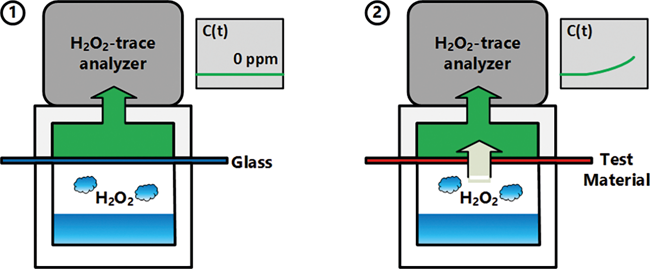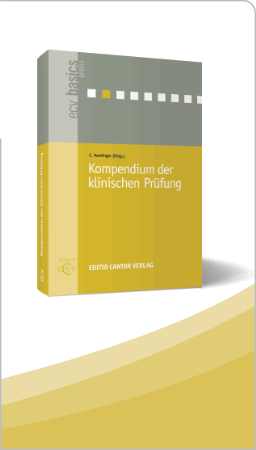Header
Ihr Suchergebnis
Sie recherchieren derzeit unangemeldet.Melden Sie sich an (Login) um den vollen Funktionsumfang der Datenbank nutzen zu können.
Sie suchen in allen Bereichen nach dem Autor Ladwig T.
In der Rubrik Zeitschriften haben wir 3 Beiträge für Sie gefunden
-
Plastics in the pharmaceutical isolator
Rubrik: Technik
(Treffer aus pharmind, Nr. 03, Seite 268 (2024))
Kemmerling S | Ladwig T | Mittelviefhaus M
Plastics in the pharmaceutical isolator / Kemmerling et. al. • Plastics in isolator · Kemmerling S, Ladwig T, Mittelviefhaus M · SKAN AG, Allschwil
isolator technology packaging material risk evaluation polymers hydrogen peroxide Pharmaceutical isolators are widely used to minimize the risk of microbial and particulate contamination during drug product manufacturing or sterility testing. Aseptic process conditions inside the isolator chamber are achieved by circulation of vapor-phase H 2 O 2 as the decontaminating agent. During the decontamination phase all surfaces inside the isolator chamber are decontaminated by H 2 O 2 through contact interaction. Following the H 2 O 2 decontamination, the chamber undergoes an aeration phase which decreases the concentration of H 2 O 2 down to a specified safety concentration. Once ...
-
Risk minimization by collecting and processing analytical data for process control in isolators
Rubrik: Technik
(Treffer aus pharmind, Nr. 03, Seite 308 (2023))
Ladwig T | Kemmerling S | Mittelviefhaus M
Risk minimization by collecting and processing analytical data for process control in isolators / Ladwig et al. • Risk minimization · Ladwig T, Kemmerling S, Mittelviefhaus M · SKAN AG, Allschwil (Switzerland)
To effectively minimize risks and increase the overall safety of processes performed inside an isolator system several requirements need to be fulfilled. This article outlines some of the key considerations and proposes appropriate tests that can be performed to ensure product and operator safety. Described testing includes assessment of material persistence, their absorptive properties, as well as ease of decontamination with hydrogen peroxide (H 2 O 2 ). Such tests will enable the selection of the most appropriate materials and documenting the fulfillment of requirements for aseptic processing. Further tests target the characterization of cleaning and decontamination processes. Understanding the ...
-
Material selection as a control strategy to limit hydrogen peroxide residuals in drug products
Rubrik: Reinraum
(Treffer aus TechnoPharm, Nr. 02, Seite 100 (2021))
Widmann C | Ravasio D | Ladwig T
Material selection as a control strategy to limit hydrogen peroxide residuals in drug products / Widmann et al. • Material selection · Widmann C, Ravasio D, Ladwig T · SKAN AG, Allschwil (Switzerland)
Isolator Diffusion Hydrogen Peroxide Decontamination Material Exposure Aseptic Processing The primary benefits of utilizing isolation technology include fewer incidents of microbial and/or particulate contamination introduced by human operators during drug product manufacture. Aseptic production conditions inside the isolator chamber are achieved by circulation of vapor-phase hydrogen peroxide as decontaminating agent. All internal surfaces of the isolator chamber and filling machine are decontaminated by H 2 O 2 , more specifically during the H 2 O 2 decontamination phase. Following H 2 O 2 decontamination, the chamber undergoes an aeration phase which decreases the concentration of residual H 2 O 2 ...







